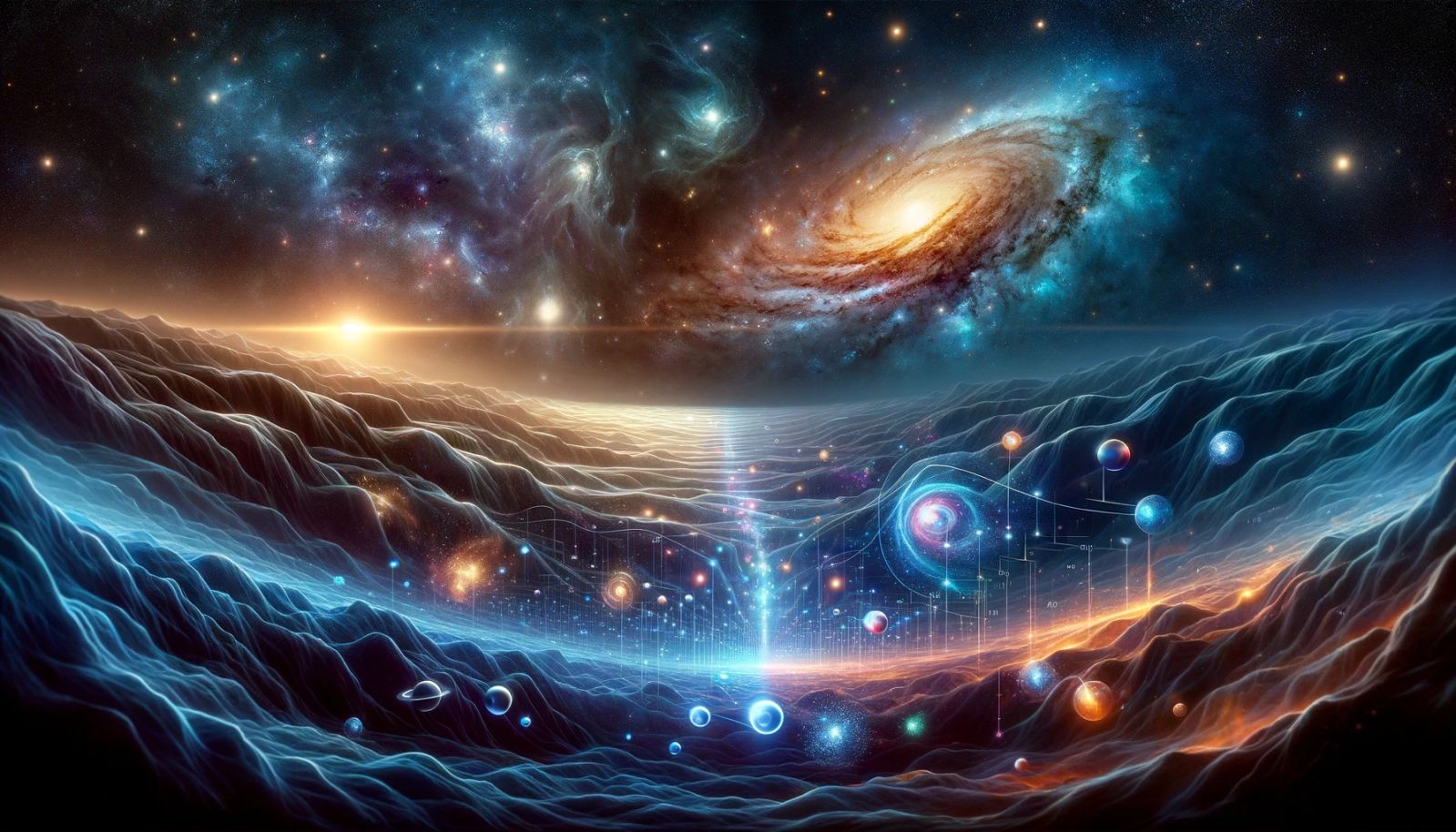From Quantum to General Relativity: A Simple "Slider" Movement Demonstrates This New Theory
Follow us on Google News (click on ☆)

The theory of general relativity utilizes the idea of a curved space-time to explain gravity and has been widely validated, despite unresolved questions regarding dark matter and dark energy. On the other hand, quantum mechanics, which deals with phenomena at the atomic scale, operates in a flat space-time and uses a completely different mathematical apparatus.
Piotr Ogonowski introduces a mathematical object named the Alena Tensor, which allows for a unified description of physical phenomena, adjusting the curvature of space-time as if using a slider. In a curved space-time, the equations naturally transform into Einstein's field equations, while in a flat space-time, they allow for the use of classical methods of relativistic physics and are compatible with the quantum description.
Piotr Ogonowski's research has shown that this "space-time slider" works for gravity and electromagnetism, and the Alena Tensor could allow the addition of other fields. This result offers a way to reconcile previously contradictory descriptions for other known fields.
A side effect of this method is that certain elements of the equation behave like a cosmological constant in Einstein's field equations, which could help explain the nature of dark energy. Furthermore, it appears that there must exist an additional force alongside gravity, potentially shedding light on the nature of dark matter.
However, adopting this method is not without challenges. If proven correct, it could mean that our world is merely a field in constant fluctuation, and that space-time itself is just a way of perceiving this field. This is a conclusion that paves the way for new research and hypotheses on the fundamental nature of the Universe.
This article is part of Science X Dialog, where researchers can present the outcomes of their published research articles.